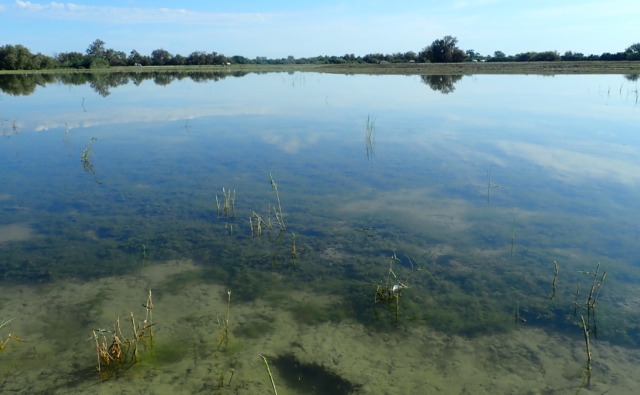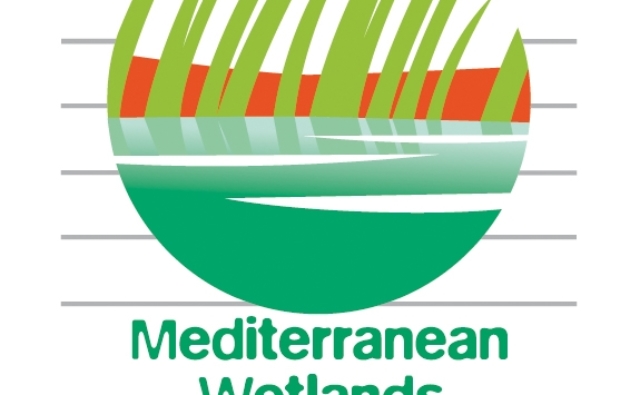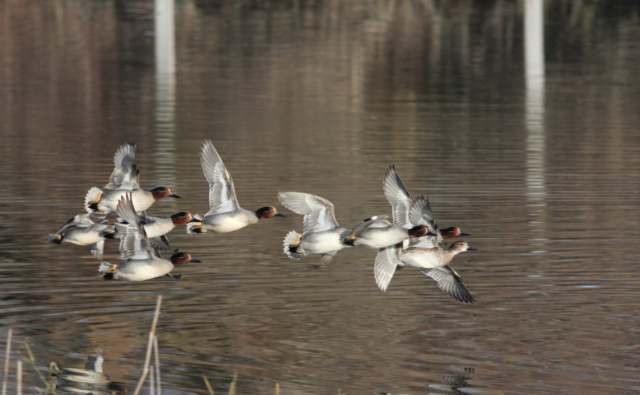A ground-breaking study, based on the compilation and analysis of long-term demographic data collected from 107 natural populations of 77 species of reptiles and amphibians around the world, has revealed how ectotherms* age. This comparative study, published on 24 June in the journal Science by an international team of 114 scientists, is the most detailed study to date on the ageing and longevity of ectothermic tetrapods** in the wild.
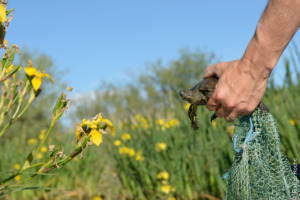
We have been studying freshwater turtles in the Camargue and in Greece for a long time at the Tour du Valat. We contributed to this study by sharing two long-term monitoring datasets. Our data come from Capture-Mark-Recapture monitoring of the European Pond Turtle (Emys orbicularis) population on the Tour du Valat Estate, which was started in 1976 and has been ongoing since. We have also been monitoring this turtle and the Western Caspian Turtle (Mauremys rivulata) for 17 years at Kerkini.
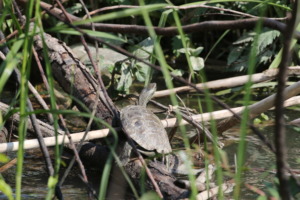
The results of this study show that amphibians and reptiles have much more variable ageing rates than birds and mammals. In addition, this study reveals that turtles, crocodilians, and salamanders have particularly low rates of ageing and surprisingly long lifespans for their body size. Disturbingly, the team found negligible ageing in at least one species of each of the major groups of ectothermic tetrapods considered in the study. In concrete terms, to say that a species shows negligible ageing does not mean that individuals never die, but that if the probability of an animal dying in one year is 1% at the age of 10, if it is alive at 100, its probability of dying will still be 1%. The European Pond Turtle is just such an amazing species. The consortium also showed that species with protective physical (shell, scales) and chemical (venom, poisons) phenotypes age more slowly and live longer.
This is the first large-scale study of ectothermic ageing. It shows that the speed of this phenomenon varies considerably among species and that some organisms show negligible ageing. The results of this study also underline the crucial importance of long-term studies, which have always been central to the Tour du Valat’s research, to our understanding of such phenomena.
You can access to it on the Tour du Valat web documentary portal.
Abstract : Comparative studies of mortality in the wild are necessary to understand the evolution of aging; yet, ectothermic tetrapods are underrepresented in this comparative landscape, despite their suitability for testing evolutionary hypotheses. We present a study of aging rates and longevity across wild tetrapod ectotherms, using data from 107 populations (77 species) of nonavian reptiles and amphibians. We test hypotheses of how thermoregulatory mode, environmental temperature, protective phenotypes, and pace of life history contribute to demographic aging. Controlling for phylogeny and body size, ectotherms display a higher diversity of aging rates compared with endotherms and include phylogenetically widespread evidence of negligible aging. Protective phenotypes and life-history strategies further explain macroevolutionary patterns of aging. Analyzing ectothermic tetrapods in a comparative context enhances our understanding of the evolution of aging.
Bibliographic reference:
Reinke et al. Diverse aging rates in ectothermic tetrapods provide insights for the evolution of aging and longevity. Science 2022. Vol 376, Issue 6600 DOI: 10.1126/science.abm0151
* Organisms that produce little or no heat
** Vertebrates equipped with 4 walking limbs: amphibians, reptiles, birds, and mammals
